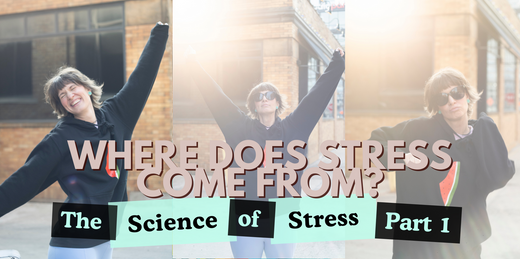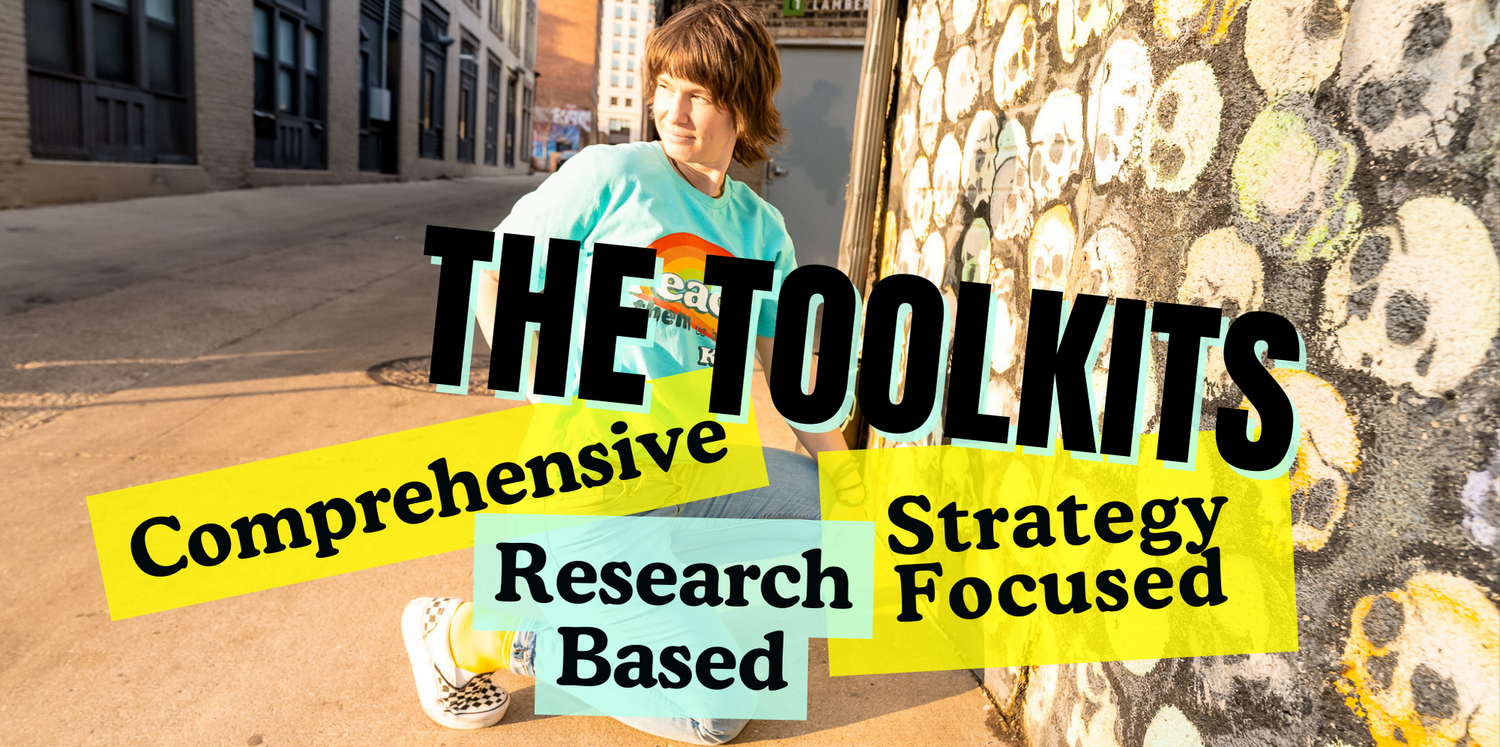
The Science of Stress Part 1: Where Does Stress Come From?
Share
To learn simple physical exercises, thought techniques, environmental adjustments, and habits that keep stress and emotional overwhelm from blocking your thinking and controlling your emotions check out The Meet the Needs Workshop Series HERE.
This is part 1 of a 3 part series on stress management and mental health care for teachers, specifically identifying, managing and eliminating our stressors.
First Some Science
Stress is a neurological and physiological experience that occurs when a threat is encountered or perceived. When stress occurs, your heart beats faster, blood pumps harder, and blood pressure increases. Your muscles tense, and sensitivity to pain diminishes. Your memory shifts to better remember experiences and knowledge most relevant to the threat. And here’s the real kicker: your digestion, immune/reproductive functioning, growth, and tissue repair ALL SLOW DOWN!
Stress exists to keep us from getting eaten by animals like saber-tooth tigers. Since they died a long time ago and our minds don’t really have any gigantic ferocious beasts to save us from, our helpful brains have turned their collective radars to things like work, family drama, cultural norms and expectations, discrimination, money, etc.
As teachers, we also deal with violence or the threat of violence: student fights, school shootings, abuse in students’ homes, student homelessness, a demanding workload, unmet expectations, and the idea that we are supposed to give our entire soul to the profession for the sake of being a “team player” and that “it’s for the kids.”
Then There’s the Negativity Bias-
The negativity bias is an evolutionary cognitive bias that results in adverse events having a more significant impact on your psychological state than positive events. That one kid who won’t stop disrupting the class and irritating you is more likely to have a lasting impact than the 29 students who are engaged, learning, and drawing you cute pictures.
It’s how humans process and use positive versus negative information. Humans are far more attentive to and much more influenced by negative stimuli rather than positive.
This was great when we were hunter-gatherers and needed to stay away from certain caves or avoid eating a type of plant. But again, those times are over, and now our brains turn to our everyday experiences such as negative social interactions, traffic, unpleasant emails, and a ridiculous, never-ending workload.
So, your brain is sensitive to threats, perceives harmless events as threatening, and is wired to pay more attention to and remember these threats.
This leaves you at a huge disadvantage when it comes to trying to be less stressed.
But!! If you understand WHAT is happening and WHY it’s happening, you will be better able to manage the stress. You might even be able to actually practice that “self-care” everybody is always talking about.
Part 2: Solve Your Stressors
Learn how to identify the root of your stress so that you can actually address and solve your problems. Click HERE to go to Part 2.
Want To Learn More?
Get the Meet the Needs Workshop Series HERE
The Meet the Needs Workshop Series is a 4 part workshop series that teaches you strategies that:
😣 control negative thinking
✌️ dampen their fight/flight
☺️ burn off stored stress in the body
🧠 stop overthinking
To learn specific thought techniques that help stop negative thinking and rumination check out the Meet the Needs Workshop Series HERE.







